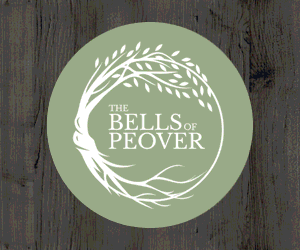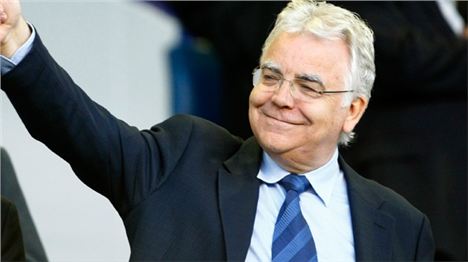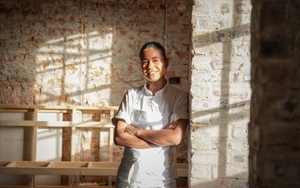WHEN you're the mayor you can, up to a point, do what you like on your own manor.
And when you're the mayor and you are a hardcore Toffee you are entitled to the occasional indulgence. Like taking the actual tower that features on your favourite team's crest and bathing it permanently in blue light. Why the hell not? Especially after the week they've had.
But there is a less flippant agenda at play when Mayor Joe and Everton manager Roberto Martinez join forces to bathe the historic Lock-Up at Everton Park, rather quaintly AKA, "Prince Rupert's castle", in permanent blue light.
Everton Football Club, the city council and the Friends of Everton Park have teamed up to bring the Light Up project to life, following a clean-up programme which has made the Lock-Up look pristine.
The landmark, a relic from the days of when Everton was a village, was used to deal with the ASBO scallies of the day. They would be incacerated there for disturbing the peace.
Now it will be illuminated every evening. The intention is to symbolically shine a powerful light on the unbreakable association between the football club and the community, and to build on the work being done to "transform the park into a first-class visitor destination".
Mayor Joe said: “The Lock Up is an important landmark at Everton Park, with huge significance to the community, the football club and the city as a whole. This project will literally build a brighter future for the famous tower. It will be a beacon of light for the whole community to enjoy.
“The tower still looks magnificent after standing on Everton Brow for over two centuries – and its illumination will give it even greater prominence, for generations to come. It will support our ongoing work to transform the park, and will celebrate the history, people, and sporting excellence which have helped make Everton famous the world over. It’s a fantastic project.”
The 235-year-old lock-up sits on a triangular piece of ground in Everton Park between Netherfield Road South and Everton Brow.
The Blues boss and the Mayor will join the community, football fans and local schoolchildren at a public launch event on Tuesday 4 February at 6.15pm for the ceremony.
'Here we go, here we go, here we go'
The illumination ceremony will include famous songs from the Club’s history. There will also be a local schoolchildren’s parade, with youngsters lighting up the evening with blue glowsticks and Everton flags; and f. Key speakers will provide a fascinating insight into the history and heritage of Everton Park, The Lock Up and Everton Football Club.
There's a bit more. An hour after the ceremony, a new play celebrating the history, myths and legends of the Lock Up will launch at the nearby Hope University Capstone Theatre.
The Heart of Everton’s Badge – written by local musician Kenny O’Connell - "tells the stories of hardship, love, passion and triumph which have helped make the Lock Up such a powerful, enduring symbol for both the football club and for local people".
'Significant for both Merseyside clubs'
EVERTON FC Chairman Bill Kenwright says: “For me, the Everton tower has always had a special meaning. When I first became an Evertonian, one of the first things I wanted to find out was its origin. I cannot tell you the number of times I have stood below the tower or next to it. I get a lot of inspiration from that old tower because it is at the heart of our club badge.
“For years, my mum and my Aunty Bet would pick me up at Lime Street Station when I arrived on matchdays from London. They would drive me up to Goodison Park and I would always ask them to go via the tower. They would sit in the car for five minutes and I would get out and gather my thoughts, especially when times have been tough or before a big game. It’s all to do with where we come from.
“The tower is the perfect symbol for our club, reminding us of the village where we changed our name from St Domingo’s to Everton FC. The place is significant for both Merseyside clubs because you can trace the birth of professional football in our city back to those historic early days.”
















